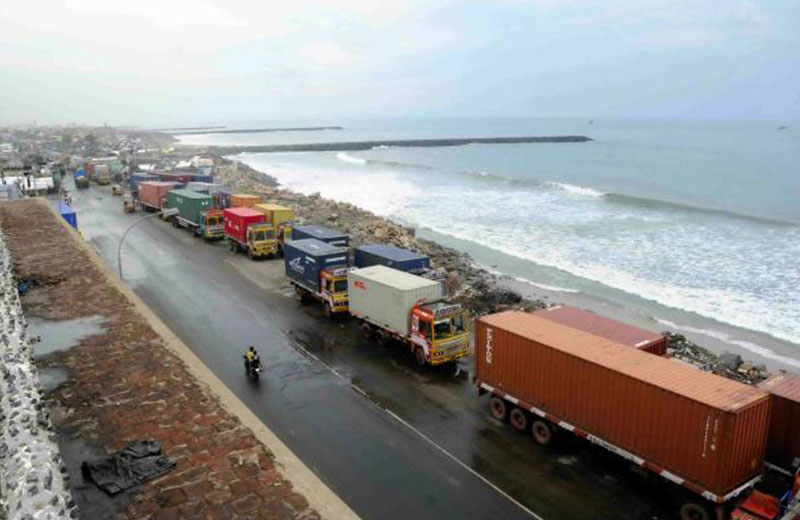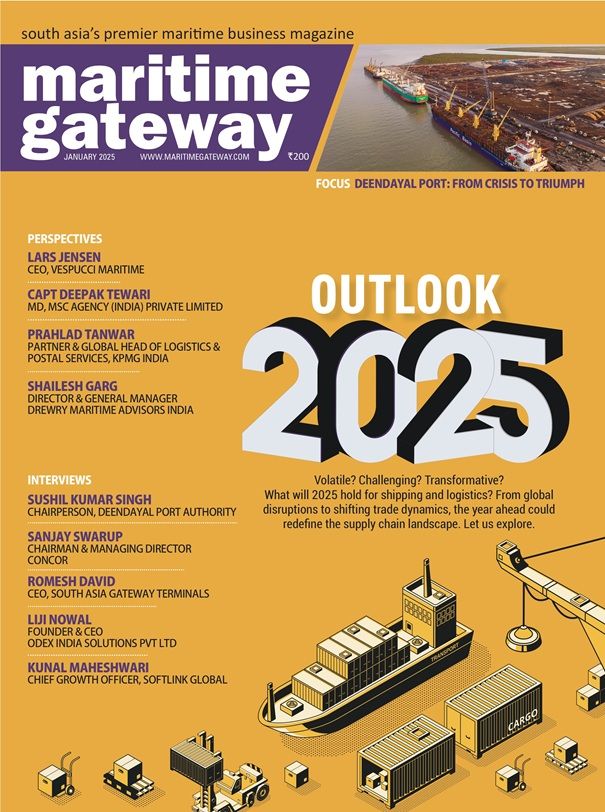[vc_row][vc_column][vc_column_text]
Chennai Port’s intermodal rail connections have significantly improved and become more competitive thanks to service upgrades and tariff incentives. But shippers there are sticking with trucks to move their freight to and from terminals at India’s busiest east coast container gateway, like at Jawaharlal Nehru Port Trust, an analysis of port inland volume details reveals.
Statistics show Chennai’s rail volumes in the first four fiscal months through the end of July fell about 19 percent year-over-year to 27,254 20-foot-equivalent units from 33,521 TEUs. Truckloads have accounted for more than 90 percent of Chennai’s total container volume in the same period, a traditional trend seen over the past years. The Chennai terminals together handled 503,858 TEUs from April to July, with truck movements reaching 475,965 TEUs, according to the data.
Drayage bottlenecks have long been a drag on growth at Chennai. Not only are port volumes down, but capacity utilization remains a big concern for the port administration and other stakeholders. Industry consultants have attributed Chennai’s slowing growth to two factors: excessive truck turn times and significantly low yard productivity levels.
“Giving due consideration to the competing ports that have come up on either side of Chennai Port, such as Krishnapatnam, Kattupalli, Kamarajar (Ennore), Karaikal and Tuticorin, it is felt that the focus of Chennai Port should be to enhance the productivity and efficiency of cargo handling so as to retain the traditional cargo before attempting capacity augmentation to attract new cargo volumes,” global port consulting firm AECOM said in a study.
To tackle these issues and remain competitive vis-Ã -vis private rivals in the region, authorities at Chennai haveintroduced more rail services and set up radio-frequency identification, or RFID, technology for gate operations.
More importantly, state-owned rail operator Container Corporation of India recently launched reliable, time-definite services connecting Chennai to Delhi and Bangalore.
Given those improvements, rail or drayage operation is no longer the chief villain of slowing volumes at Chennai, but the port administration will need to work aggressively to fend off attempts by private ports to poach its business.
Maersk Line, for example, in April shifted its westbound shuttle services, intended to cover southern India transshipment cargo, from Chennai to Krishnapatnam and Kattupalli.
[/vc_column_text][/vc_column][/vc_row]







